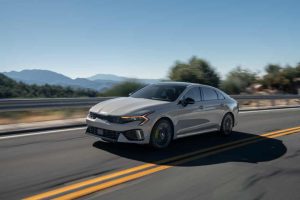
Tesla Cybertruck Engineer: The Stainless Steel Is Not Rusting
The Tesla Cybertruck, heralded as a beacon of innovation in the world of electric vehicles, has recently faced scrutiny over reports of early rusting on its stainless steel body. However, lead engineer Wes Morrill has reassured owners that these concerns are unfounded. Despite some Cybertruck owners noticing rust-colored spots after exposure to rain, Morrill explains that the stainless steel’s reactivity can lead to the formation of iron particles that rust on the surface. This phenomenon, he emphasizes, is merely surface contamination and can be easily cleaned off.
In fact, Morrill underscores the durability and corrosion resistance of stainless steel, suggesting that the Cybertruck isn’t plagued by premature rust issues but rather by a cosmetic inconvenience. This perspective is supported by Tesla enthusiasts who point out similar problems in vehicles with traditional paint finishes, albeit with easier remedies.
A lot of MSM coverage about rust. None show actual photos, usually a good indicator to question the accuracy. Side by side with a painted vehicle, this is surface contamination.
Tesla SS actually has a PREN value (resistance to pitting corrosion) higher than 316L “marine grade” pic.twitter.com/sxZNl8wfzL
— Wes (@wmorrill3) February 20, 2024
Morrill further highlights Tesla’s stainless steel’s superior corrosion resistance compared to marine-grade variants.
However, for those who prefer a worry-free solution, Tesla offers a urethane-based color paint film wrap in various shades. The rust-like spots, attributed to airborne contaminants that oxidize upon contact with water, present an aesthetic concern rather than a structural one. While not ideal, this issue is distinct from the earlier reports of rust on Tesla’s Model 3 sedans and appears to be relatively uncommon.

